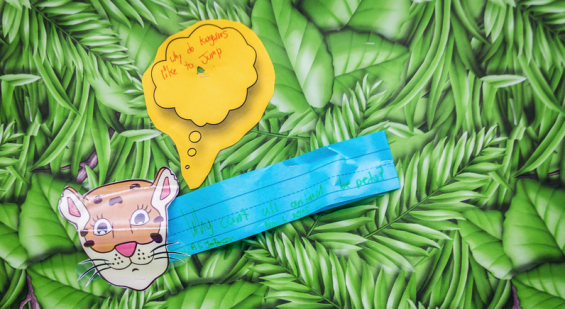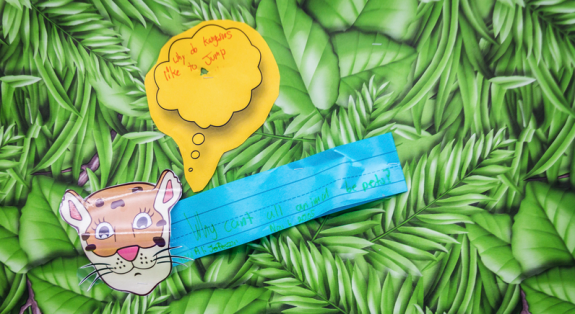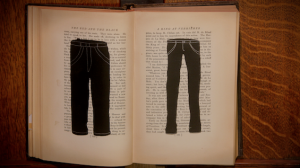
Inside Sugata Mitra’s first School in the Cloud learning lab in the United States

In the first School in the Cloud learning lab in the United States, elementary school students explore questions and conduct online research in groups. Photo: Dian Lofton/TED
John B. Russwurm Elementary School in New York City is a bustling primary school filled with colorful bulletin boards and energetic staff. It’s also home to education innovator Sugata Mitra’s first School in the Cloud learning lab in the United States. As a former elementary school teacher, I was struck by an overwhelming feeling of nostalgia at the sight of students building intellectual connections between ideas. Here’s how the lab works.
The first School in the Cloud learning lab in the US was designed with student curiosity in mind. As with other Self Organized Learning Environment (SOLE) labs, the learning in this lab is organized around questions, or “intellectual adventures.”
On the morning that the lab opened, students entered a circular set up of six desktop computers, cushions, and several circle rug spots. Students were posed the question: “Why do dogs chase cats?”
Next, students formed independent groups and naturally used their working styles as leader, scribe, website director, etc.
Then, the groups conducted about 30 minutes of online research and discussion — lightly facilitated by TED Prize winner Sugata Mitra.
Last, each student group presented research findings to the rest of the learning lab.
Their answers reflected different paths of inquiry. Some students wondered if the desire to chase smaller animals was instinctual for dogs. Others pointed out the dogs and cats could, and often did, peacefully coexist as pets. As with other learning lab environments, their specific findings were less important than their intellectual adventures. Because if they can research one question online, they can research any question they have.
Ready to create a similar learning lab experience, anywhere in the world? Download Sugata Mitra’s online toolkit for free (pdf).
For more ideas in education, sign up for the TED-Ed weekly newsletter here >>



that is to cute